Introduction: Nestled in the heart of Rome, the Colosseum stands as a testament to the grandeur and ingenuity of the ancient Roman Empire. Built between 70 and 82 A.D. during the Flavian dynasty, this colossal amphitheater has captivated the imagination of visitors for centuries. In this narrative, we embark on a journey through the rich history, cultural significance, and enduring legacy of the Roman Colosseum.
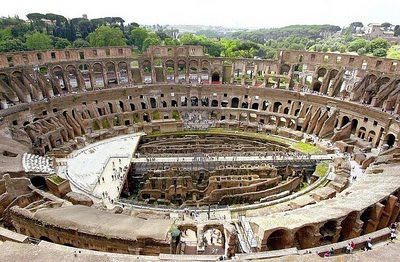

- Origins and Construction: The construction of the Colosseum was commissioned by Emperor Vespasian in the aftermath of the tumultuous Year of the Four Emperors. Built on the site of Nero’s extravagant palace, the Colosseum was intended as a symbol of imperial power and a showcase of Roman engineering prowess.
- Architectural Marvel: The Colosseum’s design was revolutionary for its time, featuring a massive elliptical structure with four stories, towering arches, and seating capacity for up to 80,000 spectators. The outer façade was adorned with columns, statues, and intricate reliefs, showcasing the wealth and sophistication of Roman society.
- Ingenious Construction Techniques: To support the massive weight of the structure, Roman engineers employed innovative construction techniques, including the use of concrete, brick, and volcanic stone. The elliptical shape of the amphitheater provided optimal viewing angles for spectators, while a complex system of ramps and corridors facilitated crowd management and movement within the arena.
- Gladiatorial Games and Spectacles: The Colosseum quickly became the epicenter of Roman entertainment, hosting a variety of spectacles and events that captivated audiences and affirmed the power of the empire.
- Gladiatorial Combat: Perhaps the most iconic feature of the Colosseum was its gladiatorial games, where trained fighters engaged in brutal combat for the amusement of the masses. Gladiators, often prisoners of war or slaves, battled against each other or ferocious beasts in elaborate and deadly contests.
- Naval Battles: The Colosseum was also capable of hosting mock naval battles, known as naumachiae, where the arena could be flooded with water to recreate epic maritime engagements. These elaborate spectacles required intricate engineering and coordination, showcasing the technical prowess of Roman engineers.
- Cultural Significance: The games held at the Colosseum served not only as entertainment but also as a means of social control and political propaganda. They reinforced the values of martial prowess, discipline, and Roman superiority while providing a diversion for the populace from the challenges of daily life.
- Decline and Rediscovery: Despite its initial popularity, the Colosseum’s heyday was relatively short-lived, and over time, the grand amphitheater fell into decline and disrepair.
- Cultural Shifts: With the decline of the Roman Empire and the rise of Christianity, public attitudes towards the gladiatorial games began to change. The violent spectacles that once thrilled audiences fell out of favor, and the Colosseum gradually lost its role as a center of entertainment and spectacle.
- Transformation and Adaptation: In the centuries that followed, the Colosseum was repurposed for various uses, including as a quarry for building materials and as a fortress during times of political upheaval. Despite these challenges, the iconic structure endured, serving as a symbol of resilience and endurance.
- Renaissance and Restoration: It wasn’t until the Renaissance that interest in the Colosseum was reignited, with artists, scholars, and architects marveling at its grandeur and historical significance. In the 18th and 19th centuries, efforts were made to preserve and restore the Colosseum, ensuring that future generations could appreciate its architectural splendor.
- Modern Significance and Preservation: Today, the Roman Colosseum stands as one of the most visited tourist attractions in the world, drawing millions of visitors annually to marvel at its ancient grandeur and historical significance.
- UNESCO World Heritage Site: In 1980, the Colosseum was designated as a UNESCO World Heritage Site, recognizing its universal value as a cultural landmark. It remains a symbol of Rome’s rich history and legacy as the heart of the ancient world.
- Preservation Efforts: Ongoing efforts are underway to preserve and protect the Colosseum for future generations. Restoration projects aim to stabilize the structure, repair damage caused by age and environmental factors, and improve visitor facilities to enhance the visitor experience.
- Cultural Legacy: The Roman Colosseum continues to inspire awe and wonder in all who behold it, serving as a testament to the enduring legacy of one of history’s greatest civilizations. Its iconic silhouette has become synonymous with Rome itself, symbolizing the city’s rich heritage and cultural influence.
Conclusion: The Roman Colosseum stands as a testament to the ingenuity, ambition, and cultural legacy of the ancient Roman Empire. From its monumental construction to its role as a center of entertainment and spectacle, the Colosseum has left an indelible mark on the landscape of Rome and the collective imagination of humanity. As it continues to inspire wonder and admiration in visitors from around the world, the Colosseum remains a timeless symbol of the enduring power of human creativity and achievement.

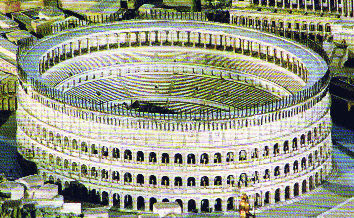
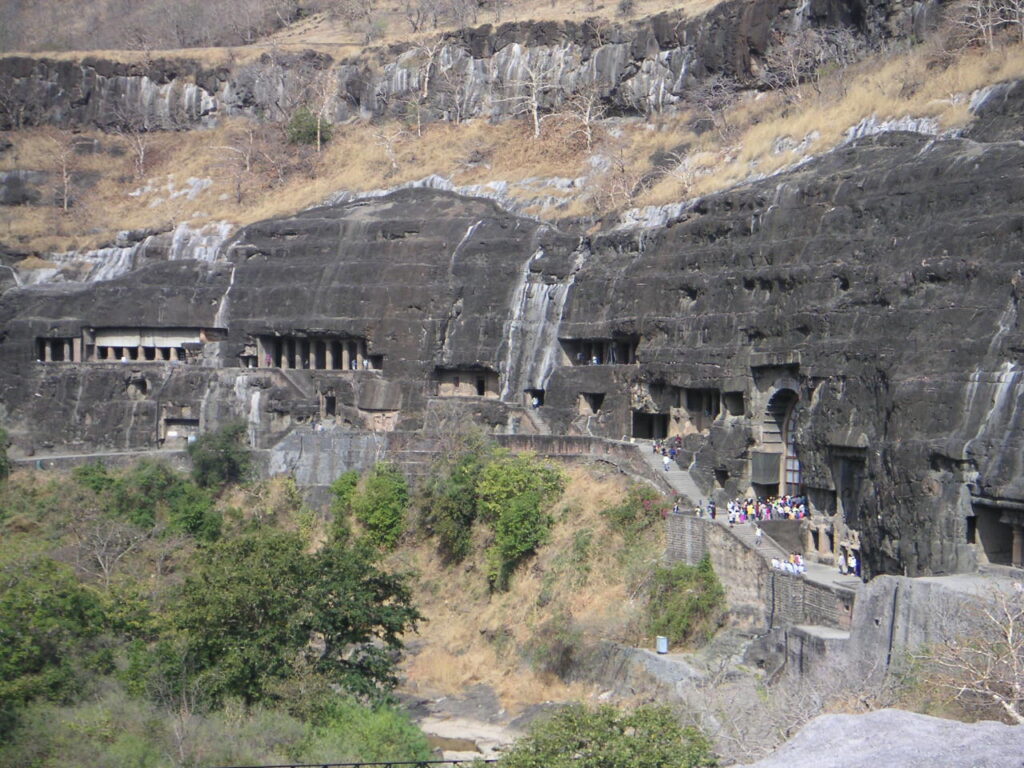

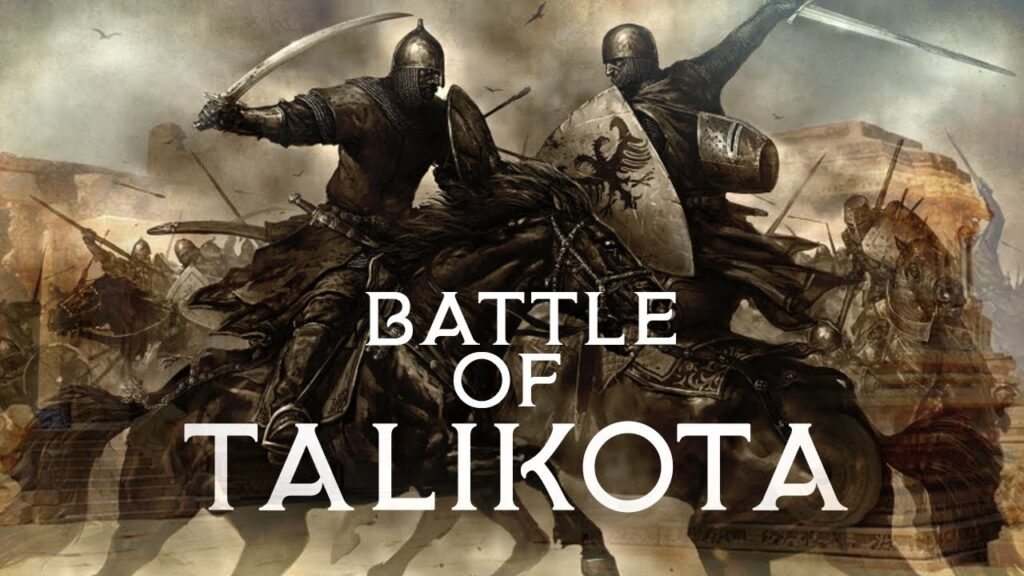

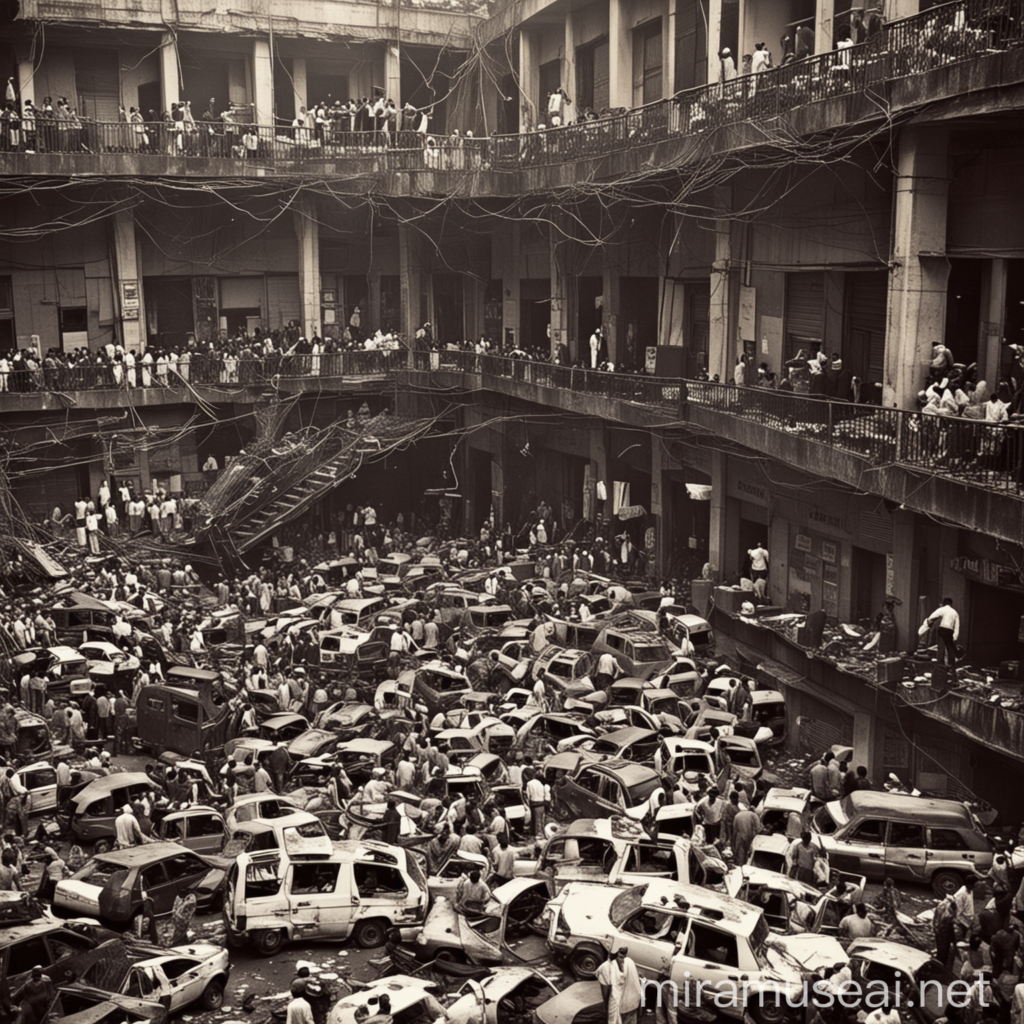
One Comment